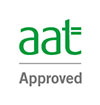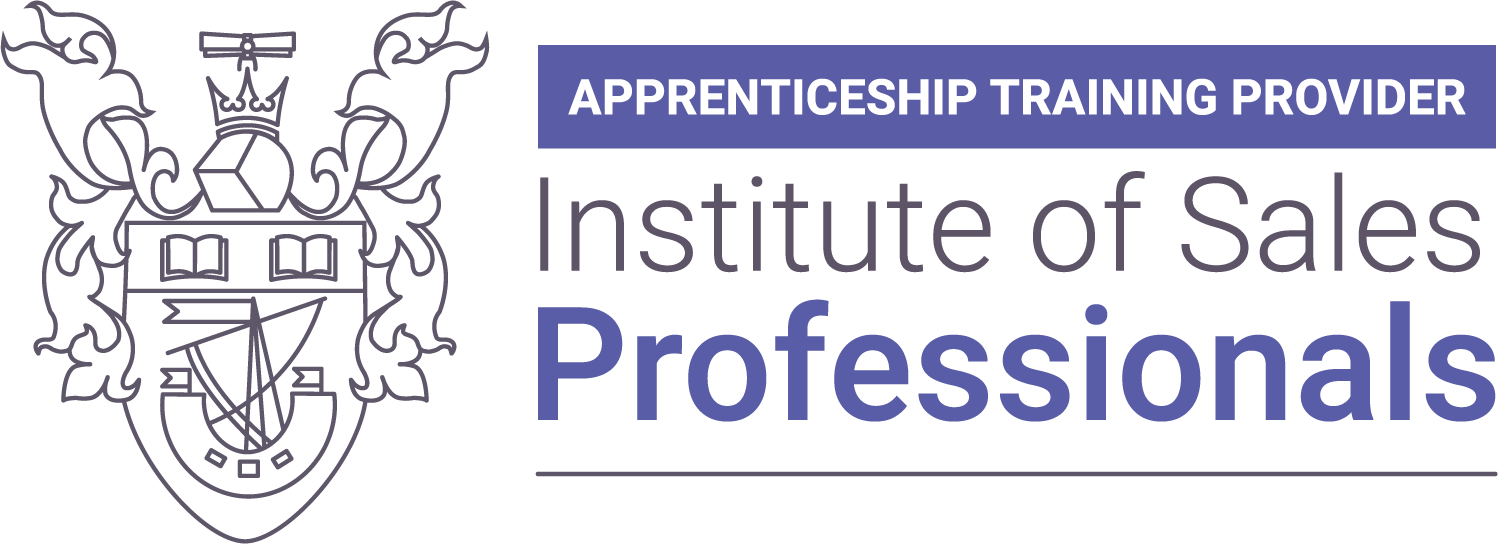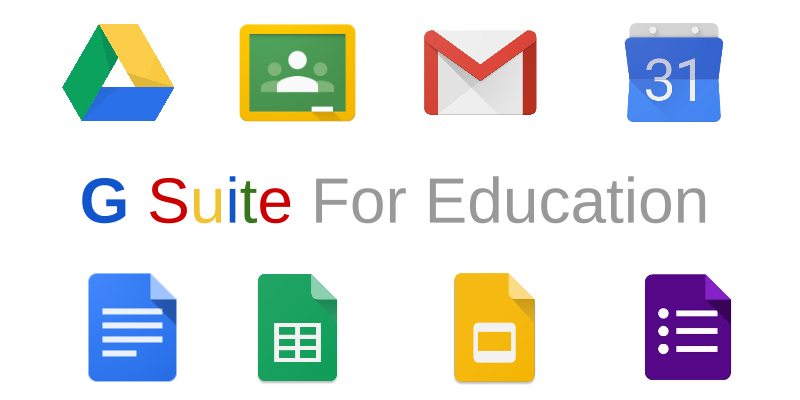
‘Virtual’ Apprenticeship delivery
What is it, and how does it work for employers?
In brief:
As a result of the pandemic and like many other training providers, we’ve had to make significant changes to our delivery model to enable us to continue supporting apprentices and employers whilst having no face-to-face contact at all. In contrast to expectations, both employers and apprentices say they love the new model and that it actually works better than the old system.
Full story:
We have always prided ourselves on the quality of service we provide and the relationships we have with our client employers. As recently as 2 years ago we were insisting on tutors visiting candidates in their workplaces every 2 weeks in order to check on their progress both with the apprentices themselves and with their line managers/employers.
Over the past 2 years we have begun introducing virtual tutorials via video or phone call and reducing the workplace visits to 6 to 8 weeks. However, it’s extremely unlikely we would have contemplated no visits at all if we hadn’t been forced into it by the pandemic.
When lockdown happened we went into overdrive to make sure that both apprentices and their employers continued to receive the high levels of support we’d offered previously, regardless of their circumstances.
Fortunately we were already using cloud-based IT systems for most aspects of our training delivery so access to resources wasn’t so much an issue. This included, for example our Ecordia e-portfolio and Google’s G Suite for document sharing and video calls. The big changes, then, haven’t been so much to do with technology and infrastructure, it has been far more to do with behaviours and habits.
The new model varies slightly between programmes but in general it includes:
- Video call tutorials
- Virtual classroom workshops (subject to individual need)
- Virtual quarterly Progress Review meetings involving the tutor, the candidate and the employer
- E-learning modules
- The development of an electronic portfolio of evidence (e-portfolio)
- Completion of a work-based project
What does this mean?
For employers, it means:
- Significantly improved access to tutors due to their increased flexibility. This includes virtual face-to-face (video call) meetings to discuss candidate progress and greater opportunity for employers to feed their specific needs back to tutors
- Greater involvement in undertaking workplace observations. This can be extremely useful for the employer in developing their apprentice and managing their performance so we expect it to help the employer secure higher levels of performance from their apprentice
- Slightly more involvement in invigilating exams (where this applies)
Perhaps most importantly however, these also mean:
- Greater visibility of their apprentice's progress and performance with respect to their learning
- The ability to deploy the apprentice more effectively in the workplace based on greater understanding of the knowledge and skills they are developing
For learners, it means:
- more regular and/or longer video tutorials with the tutor
- the development of new skills and behaviours relating to remote working
- the development of IT skills associated with remote learning such as real-time online document collaboration and screen-sharing
Of course the model will continue to evolve in line with our continuous improvement procedures. For example other supporting changes currently in implementation include new learning plans to support delivery that will be shared with employers from our G Suite so that an employer can look at their apprentice’s plan and progress at their convenience. We will also be embedding new feedback procedures into Progress Reviews to make it easier for clients to give feedback on how we’re doing.
What has been the impact so far?
On the basis of feedback we’ve had so far, employers are loving virtual apprenticeship delivery! Employers are clearly appreciating the improved flexibility of tutors and the impact this is having on improving communication. We look forward to seeing this translate into even higher performing apprentices and the benefit this will bring to their employers.
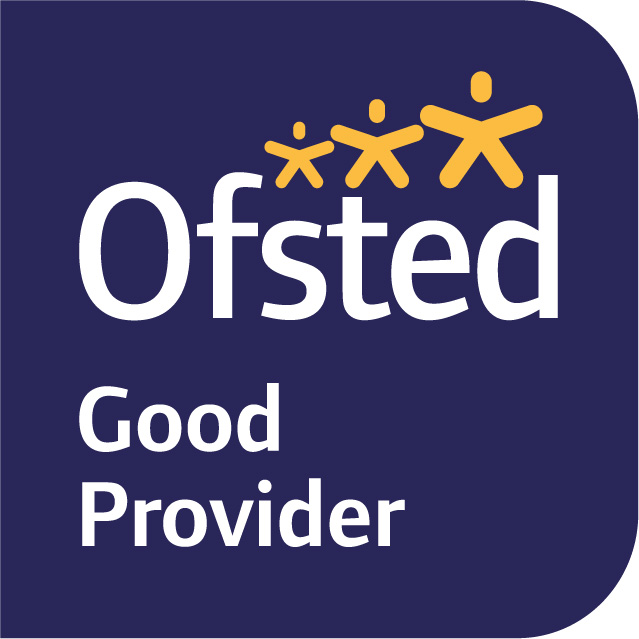
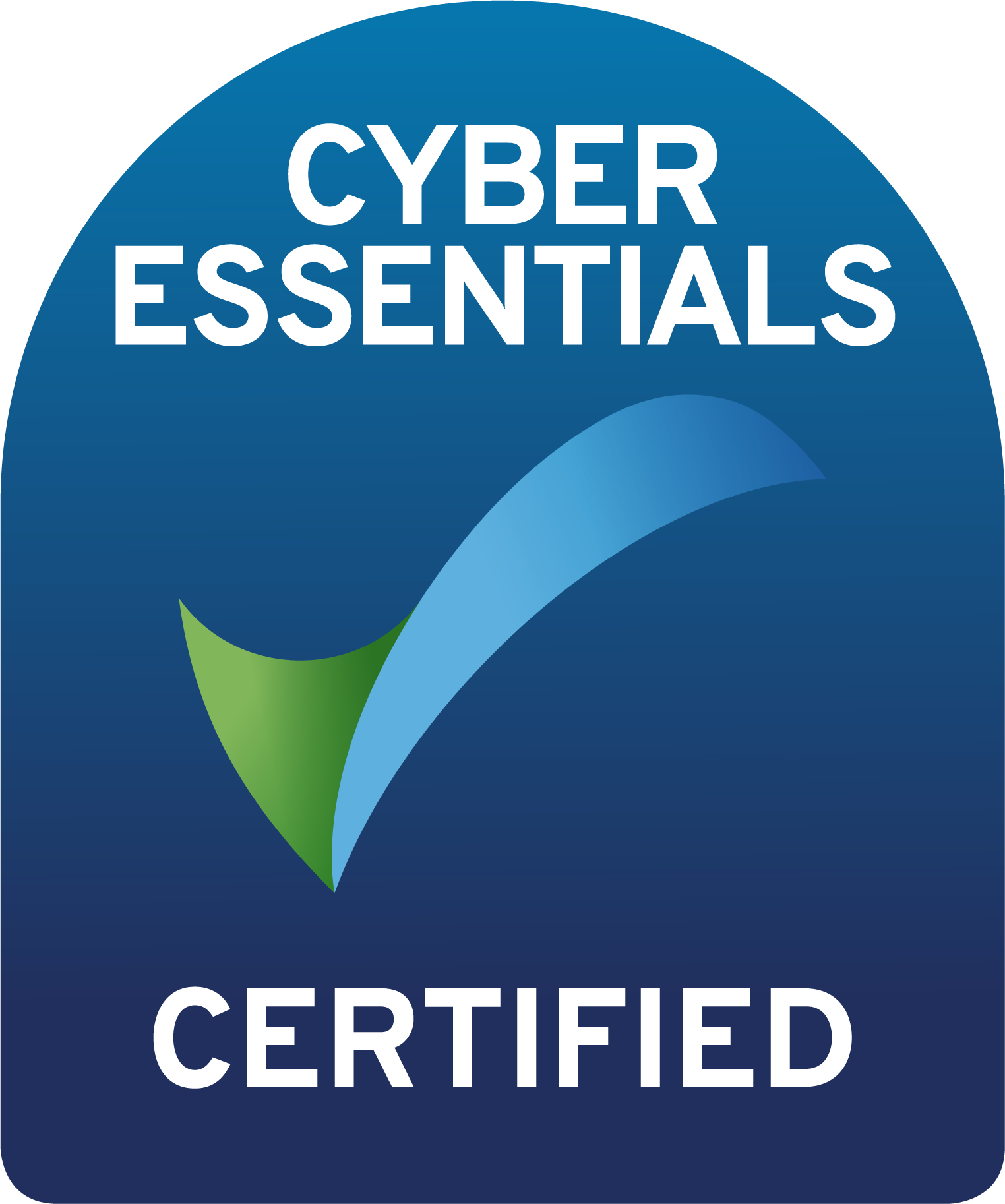

In partnership with:
